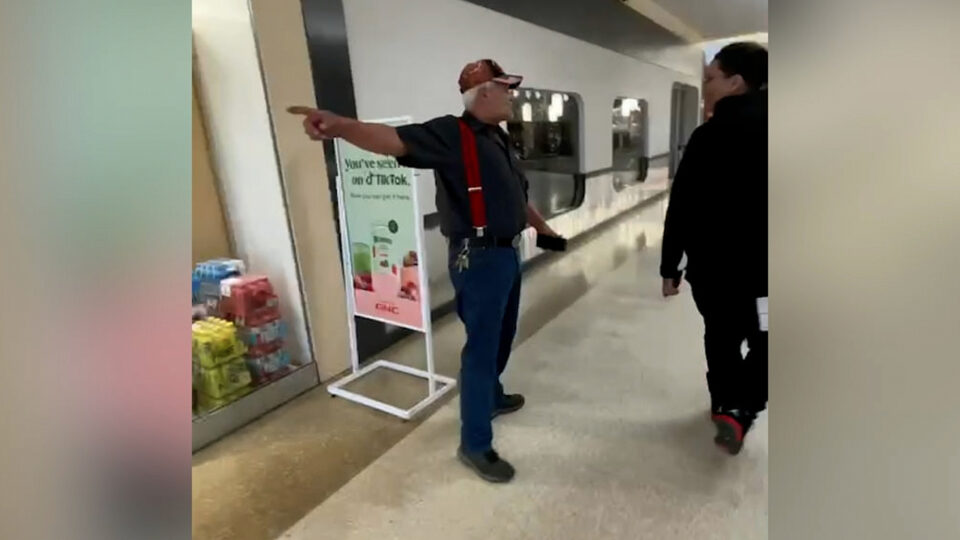Nov 8, 2021 | By: Chris Burns
Minnesota Highway Signs Mark Boundaries of 1854 Treaty
ST. PAUL, Minn. (AP) — Transportation crews are installing 12 highway signs in northeastern Minnesota that have significant, historic meaning.
The signs, more than a decade in the making, mark the boundaries of a treaty signed in 1854 by the federal government and three Ojibwe tribes — the Grand Portage Band of Lake Superior Chippewa, Bois Forte Band of Chippewa and Fond du Lac Band of Lake Superior Chippewa.
The Minnesota Department of Transportation installed the first sign on Nov. 1 on southbound Highway 61, just south of the Canadian border and near the entrance to Grand Portage State Park, Minnesota Public Radio News reported.
“It is something that was long overdue,” said Grand Portage Chairman Robert Deschampe. “When people enter the 1854 Treaty area, they will know where they are and, hopefully, educate themselves about treaties.”
The Grand Portage tribe initially asked for signs recognizing the treaty boundaries 11 years ago, said Levi Brown, director of tribal affairs for MnDOT. The Bois Forte and Fond du Lac bands followed with their own formal requests.
The Bois Forte, Grand Portage and Fond du Lac Ojibwe bands ceded 5.5 million acres of land in northeastern Minnesota to the U.S. government in 1854.
In exchange, through the treaty, the tribes were given small cash payments and guaranteed the right to continue to hunt, fish and gather on that ceded territory.
The additional 11 signs will be placed along other highways, including Interstate 35 near Sturgeon Lake, over the next several weeks.







